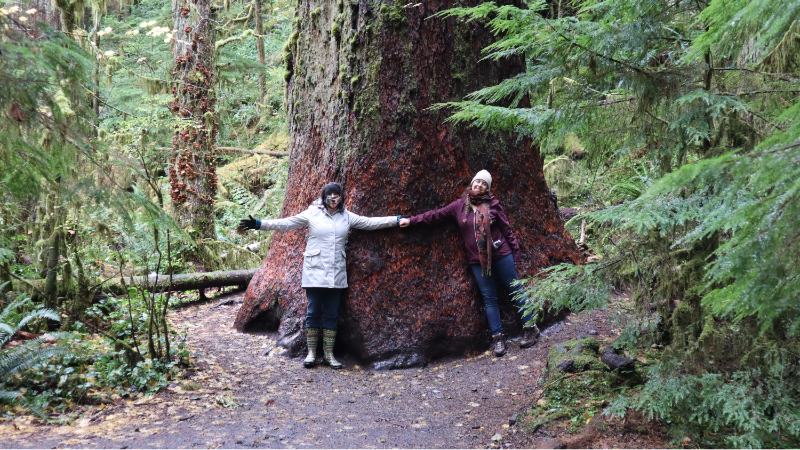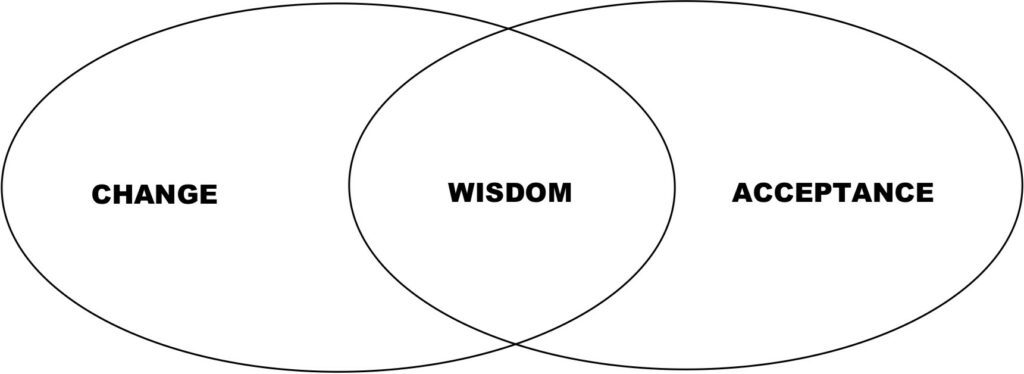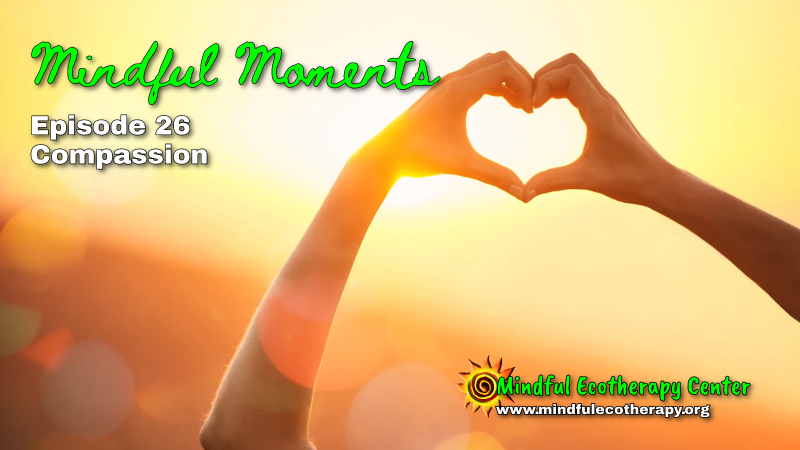
One of the concepts we frequently talk about in Mindfulness-Based Ecotherapy is emotional aggression.
Emotional aggression and gaslighting usually go hand-in-hand. Gaslighting is used to perpetuate a perpetrator’s emotional aggression.
Emotional aggression is the aggressive use of our own emotional states in an attempt to manipulate or control others, or in an attempt to make others be responsible for our moods.
If I hold others responsible for my emotional state, I am being emotionally aggressive. Likewise, if I attempt to control the emotional state of others against their will, I am being emotionally aggressive. The Emotional Aggression Questionnaire allows you to assess whether or not you are prone to act in emotionally aggressive ways. Some statements emotionally aggressive people might make include:
“I won’t be happy until you do _ for me.”
“It’s your fault that I feel this way.”
“You made me feel _”
“You just need to stop feeling this way.”
“We’d get along just fine if you’d do things my way.”
“You have no right to be angry at me.”
People who are being emotionally aggressive usually rely on gaslighting to manipulate others with their emotions.
People who have been gaslit often feel anxious or depressed. Victims of gaslighting can develop mental health problems, including substance abuse issues and even thoughts of suicide. For this reason it is important to recognize what emotional aggression is and to be familiar with its dynamic when working with patients and clients.
Some of the signs of gaslighting include:
- Doubting that your feelings and your reality are accurate or valid
- Feeling that you’re just being too sensitive
- Believing that you have no right to feel the way you do
- Questioning your own judgment and choices
- Questioning your own perceptions
- Being afraid to speak up because it might cause conflict with someone who is being emotionally aggressive
- Emotional cutoffs – shutting down in conversations about emotions because you don’t feel heard or valued
- Feeling vulnerable and insecure
- Feeling you’re always “walking on eggshells” when dealing with a person who is being emotionally aggressive
- Feeling isolated and powerless
- Doubting your own sense of self-worth and instead believing what an emotionally aggressive person is telling you about yourself
- Being disappointed in yourself and who you have become – this is especially true if you fear disappointing an emotionally aggressive person
- Feeling confused most of the time when talking to an emotionally aggressive person
- You’re always “waiting for the other shoe to drop;” expecting something bad to happen all the time
- You feel like you are never good enough and you’re always apologizing
- You second-guess yourself and find it hard to make decisions
- You assume others are disappointed in you and never seem to be able to give yourself the benefit of the doubt
- You wonder what’s wrong with you
- You eventually give up on making your own choices and instead leave the decision-making to the emotionally aggressive person
If you recognize any of these signs, you may be the victim of an emotionally aggressive person. Next time we’ll talk about some common statements used by emotionally aggressive people and how to deal with them.
Grampian Women’s Aid: Coercive Control: 10 Signs It’s Gaslighting
http://www.grampian-womens-aid.com/newsevents/gaslighting-10-signs












